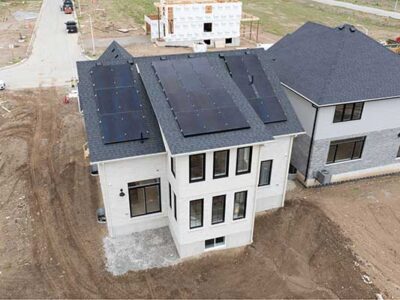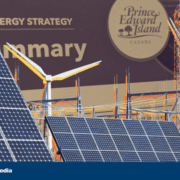The Energy Department’s National Renewable Energy Laboratory (NREL) has released the 2016 Annual Technology Baseline. In addition to updated data for utility-scale renewable and conventional energy technologies, this year’s version includes cost and performance data for residential and commercial rooftop photovoltaics (PV) systems.
“Having realistic and up-to-date technology cost data-available and documented in one place-has been exceptionally valuable for improving the efficiency, consistency, and transparency of our electric sector analysis work. Other organizations that have been using the Annual Technology Baseline have reported the same benefits,” said NREL Analyst and Project Lead Wesley Cole.
Now in its second year, the Annual Technology Baseline includes detailed current cost and performance data, along with a range of projections for electricity generation technologies including wind, solar, geothermal, hydropower, coal, natural gas, and nuclear.
The Annual Technology Baseline, which is supported by the Energy Department’s Office of Energy Efficiency and Renewable Energy, incorporates information from NREL analysis, a variety of published reports, and data from the U.S. Energy Information Administration into two products for energy analysts. An Annual Technology Baseline workbook documents detailed cost and performance data (both current and projected) for both renewable and conventional technologies. And a summary presentation describes each of the technologies and provides additional context for their treatment in the workbook.
All Annual Technology Baseline products are available on NREL’s web site and a webinar will be held September 13, at 11 a.m. MDT (1 p.m. EDT), to describe the analytical products in detail, show examples of these products and their uses, and provide an opportunity to ask questions. Register for the webinar here.
This work is part of a broader framework introduced by NREL in 2015 to improve the robustness and comparability of electric sector analysis by the lab, academia and other entities in the energy analysis community. The framework also includes an ensemble of future scenarios that explores a diverse set of potential pathways for U.S. electric sector development over time, based on different assumptions about prices, policies, and other variables.
NREL is the U.S. Department of Energy’s primary national laboratory for renewable energy and energy efficiency research and development. NREL is operated for the Energy Department by The Alliance for Sustainable Energy, LLC.














Comments